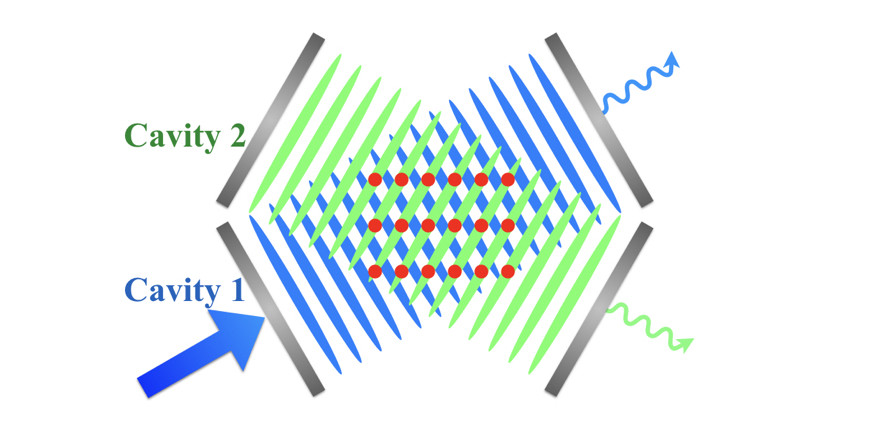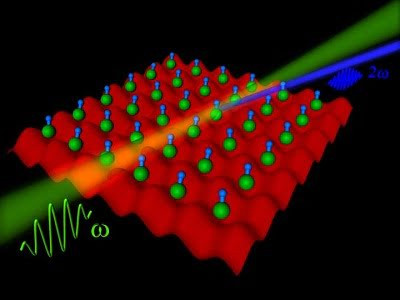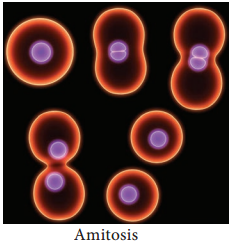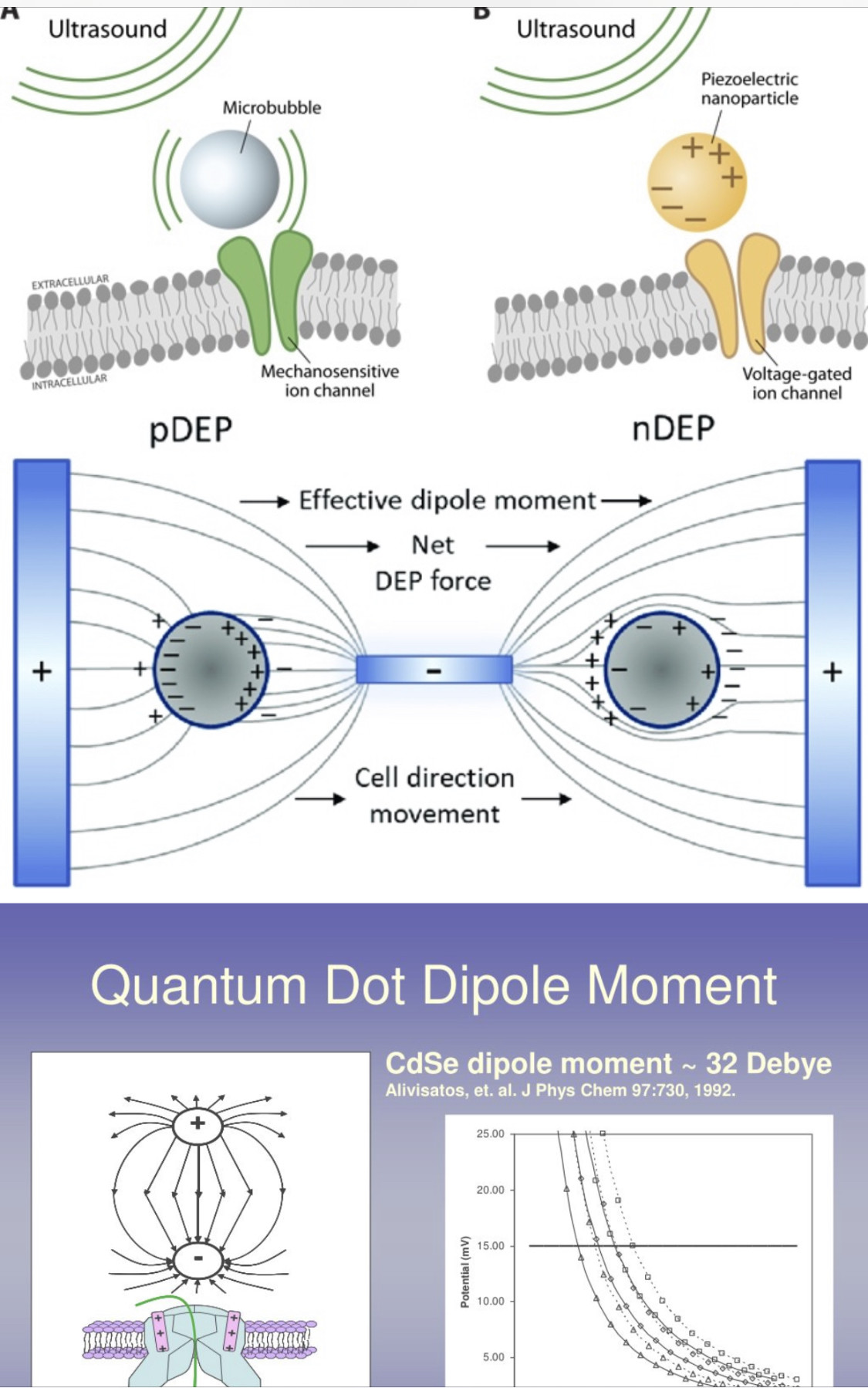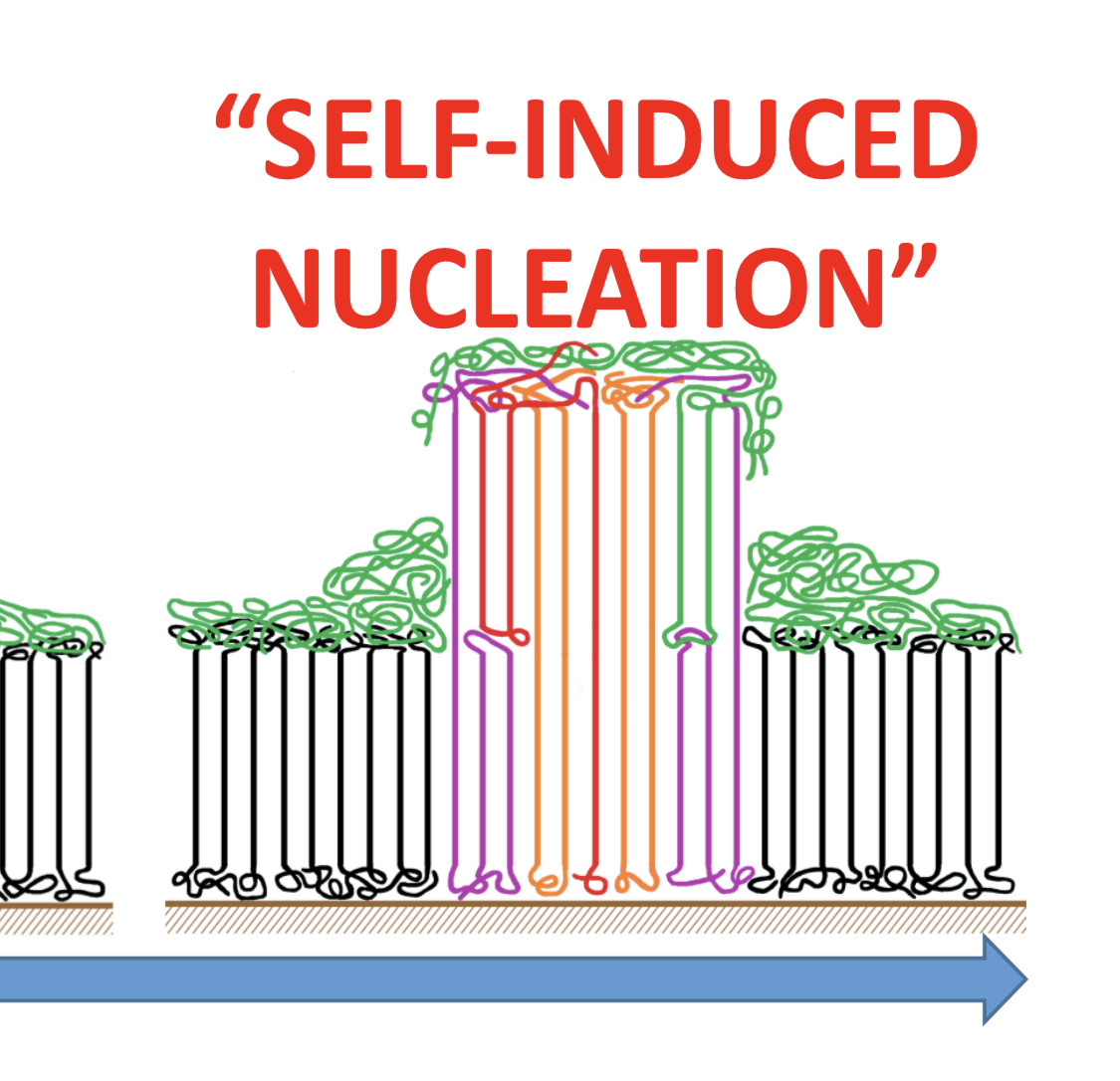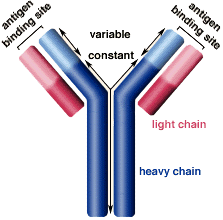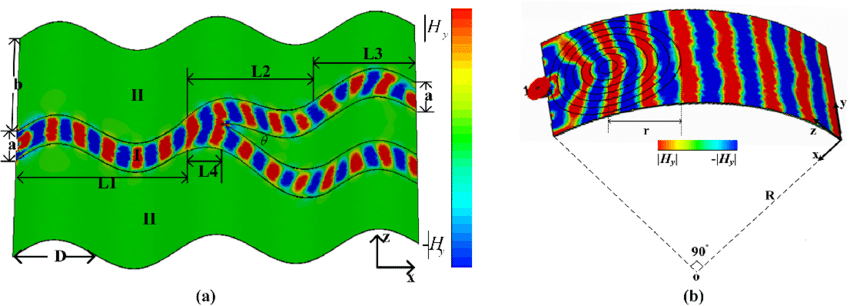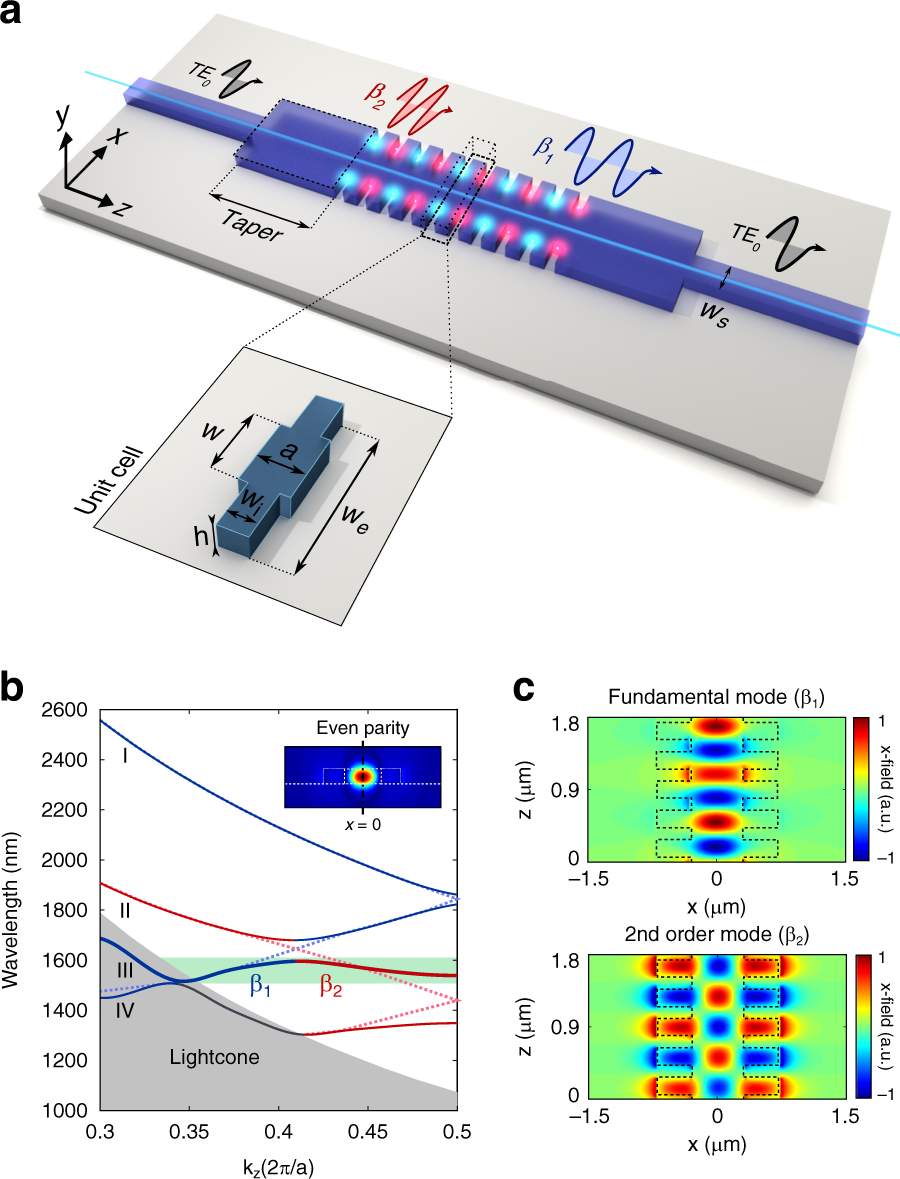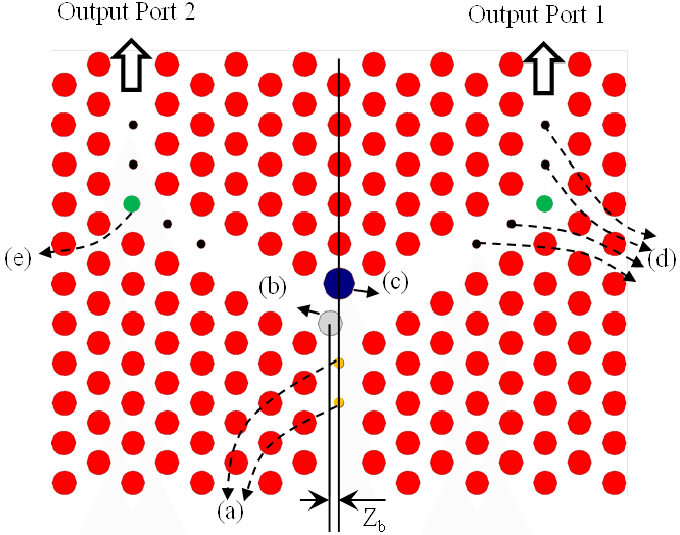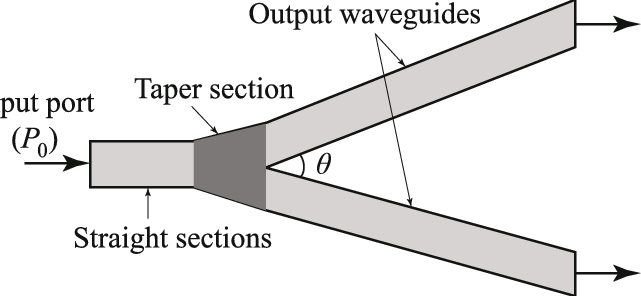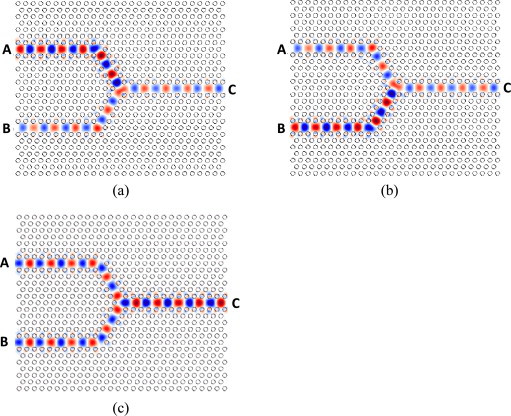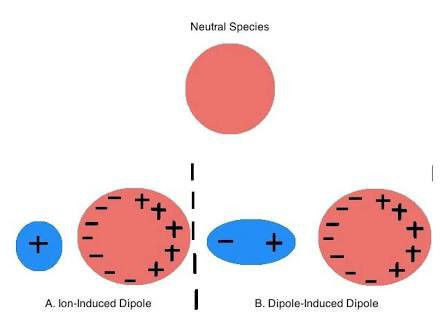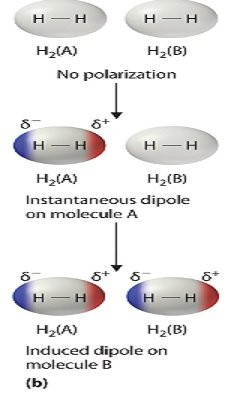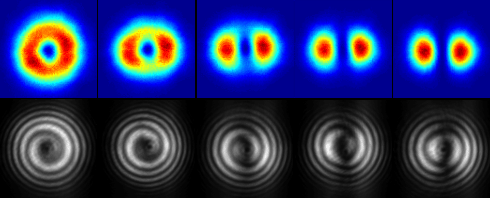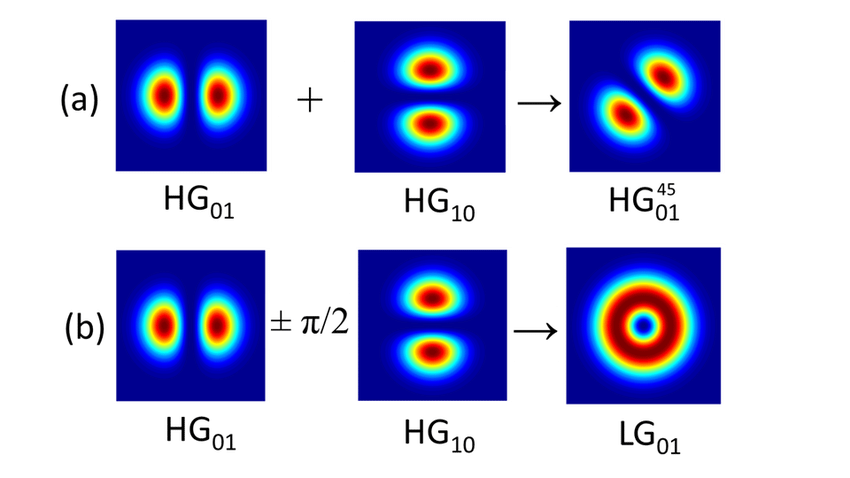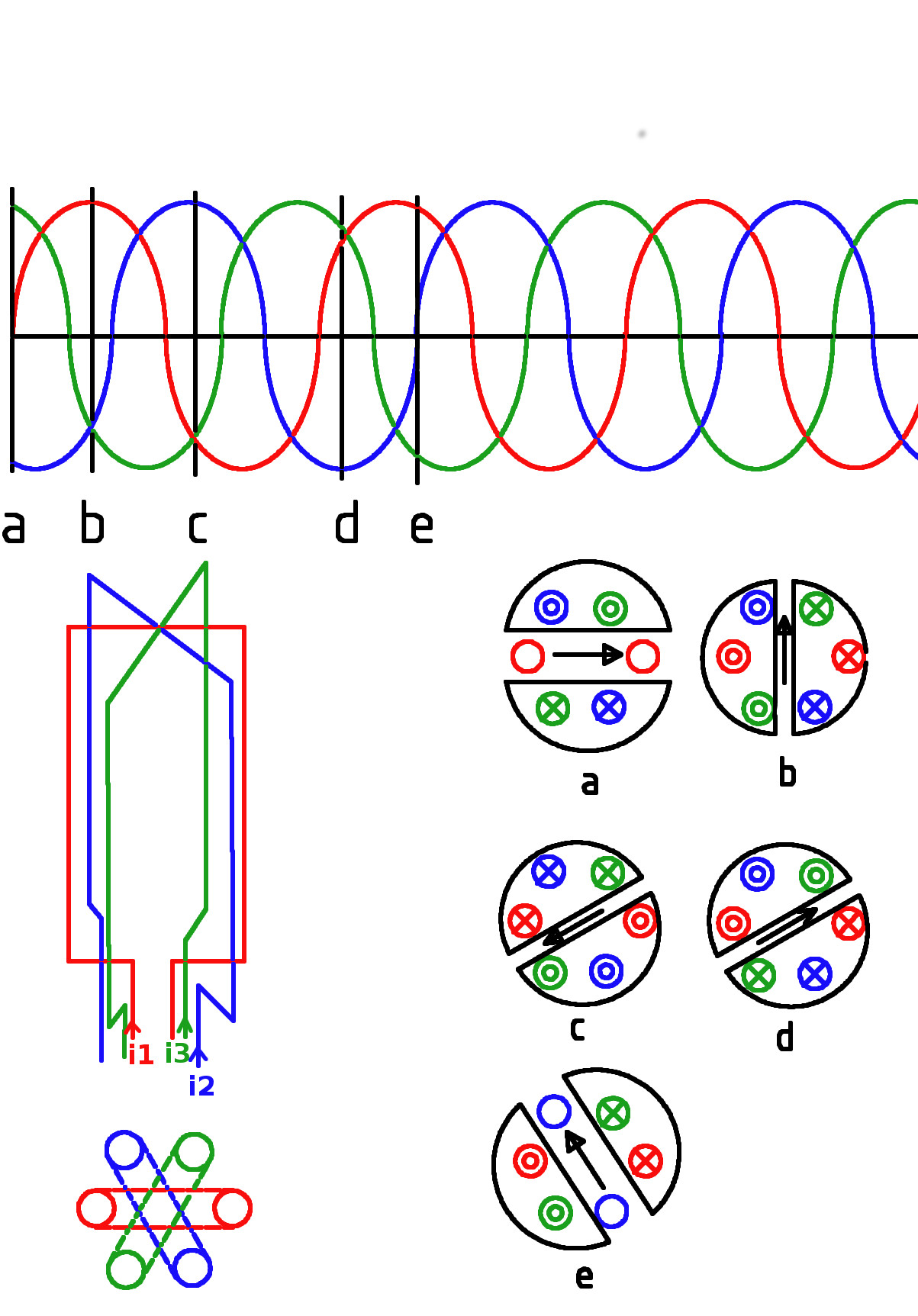03 April, 01:03
@TheMac Here's your challenge.
There are anecdotal stories of Benadryl working for C19. Quinine, HCQ and Ivermectin. All of those reduce acetylcholine and, therefore, muscarinic and nicotinic receptor activity of organs.
Do they keep C19 from binding to organs? Is that the key to preventing C19? Do they disable the ability of C19 to bind to ACE2 receptors?
I was going to be a biochemist. [They] have biochemists working on these diabolical plots. So we need to look at mechanisms in the body. Thanks.
https://www.frontiersin.or...
https://www.the-scientist....
https://pubmed.ncbi.nlm.ni...
There are anecdotal stories of Benadryl working for C19. Quinine, HCQ and Ivermectin. All of those reduce acetylcholine and, therefore, muscarinic and nicotinic receptor activity of organs.
Do they keep C19 from binding to organs? Is that the key to preventing C19? Do they disable the ability of C19 to bind to ACE2 receptors?
I was going to be a biochemist. [They] have biochemists working on these diabolical plots. So we need to look at mechanisms in the body. Thanks.
https://www.frontiersin.or...
https://www.the-scientist....
https://pubmed.ncbi.nlm.ni...

Frontiers | Drugs Interfering with Muscarinic Acetylcholine Receptors and Their Effects on Place Navigation | Psychiatry
Muscarinic receptors have been found to regulate many diverse functions, ranging from motivation and feeding to spatial navigation, an important and widely studied type of cognitive behavior. Systemic administration of non-selective antagonists of muscarinic receptors, such as scopolamine or atropin..
https://www.frontiersin.org/articles/10.3389/fpsyt.2017.00215/fullNotice: Undefined index: tg1tga_access in /home/admin/www/anonup.com/themes/default/apps/timeline/post.phtml on line 396
The Mac
@TheMac
04 April, 11:12
In response Photon 333 to her Publication
Having occurred by chance my mind is on stopping an oscillating charge of a dipole moment from occurring in the first place?
Notice: Undefined index: tg1tga_access in /home/admin/www/anonup.com/themes/default/apps/timeline/post.phtml on line 396
The Mac
@TheMac
04 April, 11:16
In response The Mac to his Publication
guarible (masculine and feminine plural guaribles)
curable
curable
Notice: Undefined index: tg1tga_access in /home/admin/www/anonup.com/themes/default/apps/timeline/post.phtml on line 396
The Mac
@TheMac
04 April, 11:18
In response The Mac to his Publication
inguarible (masculine and feminine plural inguaribles)
incurable synonym,
Synonym: incurable
Antonyms: guarible, curable
incurable synonym,
Synonym: incurable
Antonyms: guarible, curable
Notice: Undefined index: tg1tga_access in /home/admin/www/anonup.com/themes/default/apps/timeline/post.phtml on line 396
The Mac
@TheMac
04 April, 11:20
In response The Mac to his Publication
inguérissable (plural inguérissables)
incurable (not capable of being cured)
synonym,
Synonym: incurable
Antonyms: curable, guérissable
incurable (not capable of being cured)
synonym,
Synonym: incurable
Antonyms: curable, guérissable
Notice: Undefined index: tg1tga_access in /home/admin/www/anonup.com/themes/default/apps/timeline/post.phtml on line 396
The Mac
@TheMac
04 April, 11:22
In response The Mac to his Publication
unmissable
/ʌnˈmɪsəb(ə)l/
adjective
1.
so good that it should not be missed.
"the special effects make this an unmissable treat"
2.
so clear or obvious that it cannot be missed.
"an unmissable target"
/ʌnˈmɪsəb(ə)l/
adjective
1.
so good that it should not be missed.
"the special effects make this an unmissable treat"
2.
so clear or obvious that it cannot be missed.
"an unmissable target"
Notice: Undefined index: tg1tga_access in /home/admin/www/anonup.com/themes/default/apps/timeline/post.phtml on line 396
The Mac
@TheMac
04 April, 11:24
In response The Mac to his Publication
my missing socks
Notice: Undefined index: tg1tga_access in /home/admin/www/anonup.com/themes/default/apps/timeline/post.phtml on line 396
The Mac
@TheMac
04 April, 11:30
In response The Mac to his Publication
Notice: Undefined index: tg1tga_access in /home/admin/www/anonup.com/themes/default/apps/timeline/post.phtml on line 396
The Mac
@TheMac
04 April, 11:33
In response The Mac to his Publication
Notice: Undefined index: tg1tga_access in /home/admin/www/anonup.com/themes/default/apps/timeline/post.phtml on line 396
The Mac
@TheMac
04 April, 11:33
In response The Mac to his Publication
Notice: Undefined index: tg1tga_access in /home/admin/www/anonup.com/themes/default/apps/timeline/post.phtml on line 396
The Mac
@TheMac
04 April, 11:35
In response The Mac to his Publication
Notice: Undefined index: tg1tga_access in /home/admin/www/anonup.com/themes/default/apps/timeline/post.phtml on line 396
The Mac
@TheMac
04 April, 11:37
In response The Mac to his Publication
Notice: Undefined index: tg1tga_access in /home/admin/www/anonup.com/themes/default/apps/timeline/post.phtml on line 396
The Mac
@TheMac
04 April, 11:37
In response The Mac to his Publication
Notice: Undefined index: tg1tga_access in /home/admin/www/anonup.com/themes/default/apps/timeline/post.phtml on line 396
The Mac
@TheMac
04 April, 11:38
In response The Mac to his Publication
Notice: Undefined index: tg1tga_access in /home/admin/www/anonup.com/themes/default/apps/timeline/post.phtml on line 396
The Mac
@TheMac
04 April, 11:42
In response The Mac to his Publication
Notice: Undefined index: tg1tga_access in /home/admin/www/anonup.com/themes/default/apps/timeline/post.phtml on line 396
The Mac
@TheMac
04 April, 11:44
In response The Mac to his Publication
unfussed (not comparable)
not concerned or interested, blase
fussing over nothing
not concerned or interested, blase
fussing over nothing
Notice: Undefined index: tg1tga_access in /home/admin/www/anonup.com/themes/default/apps/timeline/post.phtml on line 396
Desert Dog
@Zippydog
04 April, 11:47
In response The Mac to his Publication
My wife used the word "frumpy" once and I asked what it meant and she said "dowdy" and I quit while I was ahead!
Notice: Undefined index: tg1tga_access in /home/admin/www/anonup.com/themes/default/apps/timeline/post.phtml on line 396
The Mac
@TheMac
04 April, 03:57
In response Desert Dog to his Publication
Middle English (in the sense ‘rout, bring to ruin’): from Old French confus, from Latin confusus, past participle of confundere ‘mingle together’ (see confound). Originally all senses of the verb were passive, and therefore appeared only as the past participle confused ; the active voice occurred rarely until the 19th century when it began to replace confound .
Notice: Undefined index: tg1tga_access in /home/admin/www/anonup.com/themes/default/apps/timeline/post.phtml on line 396
The Mac
@TheMac
04 April, 03:59
In response The Mac to his Publication
From Middle English confusioun, from Old French confusion, from Latin confusio, confusionem.
Morphologically confuse + -ion.
(
Noun
confusion (usually uncountable, plural confusions)
A lack of clarity or order.
The state of being confused; misunderstanding.
Morphologically confuse + -ion.
(
Noun
confusion (usually uncountable, plural confusions)
A lack of clarity or order.
The state of being confused; misunderstanding.
Notice: Undefined index: tg1tga_access in /home/admin/www/anonup.com/themes/default/apps/timeline/post.phtml on line 396
The Mac
@TheMac
04 April, 04:02
In response The Mac to his Publication
discombobulations
Notice: Undefined index: tg1tga_access in /home/admin/www/anonup.com/themes/default/apps/timeline/post.phtml on line 396
The Mac
@TheMac
04 April, 04:04
In response The Mac to his Publication
discombobulate (third-person singular simple present discombobulates, present participle discombobulating, simple past and past participle discombobulated)
(transitive, humorous) To throw into a state of confusion; to befuddle or perplex.
(transitive, humorous) To throw into a state of confusion; to befuddle or perplex.
Notice: Undefined index: tg1tga_access in /home/admin/www/anonup.com/themes/default/apps/timeline/post.phtml on line 396
The Mac
@TheMac
04 April, 04:13
In response The Mac to his Publication
Electron beams are late‐comers to the competition for an economical method of fusion energy release. The source of energy in existing atomic power plants is fission, in which large atoms are split; fusion squeezes small atoms to form heavier ones.
Notice: Undefined index: tg1tga_access in /home/admin/www/anonup.com/themes/default/apps/timeline/post.phtml on line 396
The Mac
@TheMac
04 April, 04:17
In response The Mac to his Publication
The chlorophyll's donated electrons need to be replaced, and these electrons come from the splitting of water. In a process called photolysis ('light' and 'split'), light energy and catalyst s interact to drive the splitting of water molecules into protons (H+), electrons, and oxygen gas.
Notice: Undefined index: tg1tga_access in /home/admin/www/anonup.com/themes/default/apps/timeline/post.phtml on line 396
The Mac
@TheMac
04 April, 04:31
In response The Mac to his Publication
In a now-famous talk on fusion in 1954, Edward Teller noted that any device with convex magnetic field lines would likely be unstable, a problem today known as the flute instability. The mirror has precisely such a configuration; the magnetic field was highly convex at the ends where the field strength increased.[a] This led to serious concern by Post, but over the next year, his team could find no sign of these problems. In October 1955 he went so far as to state that "it is now becoming clear that in the case of the mirror machine at least these calculations do not apply in detail."
Notice: Undefined index: tg1tga_access in /home/admin/www/anonup.com/themes/default/apps/timeline/post.phtml on line 396
The Mac
@TheMac
04 April, 04:32
In response The Mac to his Publication
In Russia, the first small-scale mirror ("probkotron") was built in 1959 at the Budker Institute of Nuclear Physics in Novosibirsk, Russia. They immediately saw the problem Teller had warned about. This led to something of a mystery, as the US teams under Post continued to lack any evidence of such problems. In 1960, Post and Marshall Rosenbluth published a report "providing evidence for the existence of a stability confined plasma... where the simplest hydromagnetic theory predicts instability."
Notice: Undefined index: tg1tga_access in /home/admin/www/anonup.com/themes/default/apps/timeline/post.phtml on line 396
The Mac
@TheMac
04 April, 04:33
In response The Mac to his Publication
At a meeting on plasma physics in Saltzberg in 1961, the Soviet delegation presented considerable data showing the instability, while the US teams continued to show none. An offhand question by Lev Artsimovich settled the matter; when he asked if the charts being produced from the instruments in the US machines were adjusted for a well-known delay in the output of the detectors being used, it suddenly became clear that the apparent 1 ms stability was, in fact, a 1 ms delay in the measurements. Post was forced to conclude "we now do not have a single experimental fact indicating long and stable confinement of plasma with hot ions within a simple magnetic mirror geometry."
Notice: Undefined index: tg1tga_access in /home/admin/www/anonup.com/themes/default/apps/timeline/post.phtml on line 396
The Mac
@TheMac
04 April, 04:35
In response The Mac to his Publication
An early bottleneck in the rapid isolation of new antibody fragment binders using in vitro library approaches is the inertia encountered in acquiring and preparing soluble antigen fragments. In this report, we describe a simple, yet powerful strategy that exploits the properties of the SpyCatcher/SpyTag (SpyC/SpyT) covalent interaction to improve substantially the speed and efficiency in obtaining functional antibody clones of interest.
Notice: Undefined index: tg1tga_access in /home/admin/www/anonup.com/themes/default/apps/timeline/post.phtml on line 396
The Mac
@TheMac
04 April, 04:36
In response The Mac to his Publication
We demonstrate that SpyC has broad utility as a protein-fusion tag partner in a eukaryotic expression/secretion context, retaining its functionality and permitting the direct, selective capture and immobilization of soluble antigen fusions using solid phase media coated with a synthetic modified SpyT peptide reagent. In addition, we show that the expressed SpyC-antigen format is highly compatible with downstream antibody phage display selection and screening procedures, requiring minimal post-expression handling with no sample modifications. To illustrate the potential of the approach, we have isolated several fully human germline scFvs that selectively recognize therapeutically relevant native cell surface tumor antigens in various in vitro cell-based assay contexts.
Notice: Undefined index: tg1tga_access in /home/admin/www/anonup.com/themes/default/apps/timeline/post.phtml on line 396
The Mac
@TheMac
04 April, 04:39
In response The Mac to his Publication
A magnetic bottle is two magnetic mirrors placed close together. For example, two parallel coils separated by a small distance, carrying the same current in the same direction will produce a magnetic bottle between them. Unlike the full mirror machine which typically had many large rings of current surrounding the middle of the magnetic field, the bottle typically has just two rings of current.
Notice: Undefined index: tg1tga_access in /home/admin/www/anonup.com/themes/default/apps/timeline/post.phtml on line 396
The Mac
@TheMac
04 April, 04:39
In response The Mac to his Publication
Particles near either end of the bottle experience a magnetic force towards the center of the region; particles with appropriate speeds spiral repeatedly from one end of the region to the other and back. Magnetic bottles can be used to temporarily trap charged particles. It is easier to trap electrons than ions, because electrons are so much lighter. This technique is used to confine the high energy of plasma in fusion experiments.
Notice: Undefined index: tg1tga_access in /home/admin/www/anonup.com/themes/default/apps/timeline/post.phtml on line 396
The Mac
@TheMac
04 April, 04:46
In response The Mac to his Publication
Notice: Undefined index: tg1tga_access in /home/admin/www/anonup.com/themes/default/apps/timeline/post.phtml on line 396
The Mac
@TheMac
04 April, 05:02
In response The Mac to his Publication
Gene fusions are hybrid genes formed when two previously independent genes become juxtaposed.
Notice: Undefined index: tg1tga_access in /home/admin/www/anonup.com/themes/default/apps/timeline/post.phtml on line 396
The Mac
@TheMac
04 April, 05:03
In response The Mac to his Publication
Exosomes are a valuable biomaterial for the development of novel nanocarriers as functionally advanced drug delivery systems. To control and modify the performance of exosomal nanocarriers, we developed hybrid exosomes by fusing their membranes with liposomes using the freeze–thaw method. Exosomes embedded with a specific membrane protein isolated from genetically modified cells were fused with various liposomes, confirming that membrane engineering methods can be combined with genetic modification techniques. Cellular uptake studies performed using the hybrid exosomes revealed that the interactions between the developed exosomes and cells could be modified by changing the lipid composition or the properties of the exogenous lipids. These results suggest that the membrane-engineering approach reported here offers a new strategy for developing rationally designed exosomes as hybrid nanocarriers for use in advanced drug delivery systems.
Notice: Undefined index: tg1tga_access in /home/admin/www/anonup.com/themes/default/apps/timeline/post.phtml on line 396
The Mac
@TheMac
04 April, 05:05
In response The Mac to his Publication
The term liposome is from the Greek words “lipos” for fat and “soma” for body. Liposomes are thus, small bodies of fat that are capable of transporting natural active ingredients. They are formed by combining a type of lipid molecule, known as a phospholipid, with water.
Notice: Undefined index: tg1tga_access in /home/admin/www/anonup.com/themes/default/apps/timeline/post.phtml on line 396
The Mac
@TheMac
04 April, 05:05
In response The Mac to his Publication
Two immiscible liquids, oil and water, can be separated by using Separating Funnel. The mixture of oil and water forms two separate layers because they are completely insoluble in each other. Oil forms the upper layer while water forms lower.
Notice: Undefined index: tg1tga_access in /home/admin/www/anonup.com/themes/default/apps/timeline/post.phtml on line 396
The Mac
@TheMac
04 April, 05:06
In response The Mac to his Publication
Membranes for artificial cells can be made of simple polymers, crosslinked proteins, lipid membranes or polymer-lipid complexes. Further, membranes can be engineered to present surface proteins such as albumin, antigens, Na/K-ATPase carriers, or pores such as ion channels.
Notice: Undefined index: tg1tga_access in /home/admin/www/anonup.com/themes/default/apps/timeline/post.phtml on line 396
The Mac
@TheMac
04 April, 05:08
In response The Mac to his Publication
1550s, "act of melting by heat," from French fusion or directly from Latin fusionem (nominative fusio) "an outpouring, effusion," noun of action from fusus, past participle of. Meaning "union or blending of different things; state of being united or blended" is by 1776; used especially in 19c, of politics, in early 20c ...
Notice: Undefined index: tg1tga_access in /home/admin/www/anonup.com/themes/default/apps/timeline/post.phtml on line 396
The Mac
@TheMac
04 April, 05:09
In response The Mac to his Publication
The changing of solid state into liquid state is fusion while the minimum temperature at which the solid state changes into liquid state at normal atmospheric pressure is called its melting point.
Notice: Undefined index: tg1tga_access in /home/admin/www/anonup.com/themes/default/apps/timeline/post.phtml on line 396
The Mac
@TheMac
04 April, 05:11
In response The Mac to his Publication
Notice: Undefined index: tg1tga_access in /home/admin/www/anonup.com/themes/default/apps/timeline/post.phtml on line 396
The Mac
@TheMac
04 April, 05:14
In response The Mac to his Publication
Noble metal nanoparticles immersed in a liquid and irradiated by resonant light can rapidly heat up to high temperatures, due to their peculiar absorption ability, and transfer the heat to the surrounding liquid, leading to the formation of bubbles, which have broad application potential in many plasmonic-enhanced processes. For further implementation of these systems, many intriguing challenges should be solved. How exactly do these bubbles form? What is their composition? Which parameters are crucial in bubble dynamics? In this thesis, bubble formation due to the collective effect from nanoparticles immersed in liquid under low-intensity cw-laser irradiation has been extensively studied. All phases of the bubble life cycle have been investigated: from nucleation to growth and subsequent collapse with a broad set of parameters.
Notice: Undefined index: tg1tga_access in /home/admin/www/anonup.com/themes/default/apps/timeline/post.phtml on line 396
The Mac
@TheMac
04 April, 05:15
In response The Mac to his Publication
The bubble growth in water consists of 4 different regimes: first, after some delay time after the beginning of the illumination, a bubble explosively grows and collapses again, typically within 10 microseconds (bubble life phase 1). Right after the collapse of the initial bubble, much smaller unstable oscillating bubbles appear (bubble life phase 2) and maintain continuous cycles typically up to several milliseconds. After bubble stabilization, steady growth takes over. The dynamics of this phase can be divided into two regimes: bubble growth controlled by water evaporation (bubble life phase 3) and a subsequent diffusive growth phase (bubble life phase 4).
The influence of the liquid type has also been discussed. Significant differences between plasmonic bubble dynamics in water and organic liquids have been demonstrated.
The influence of the liquid type has also been discussed. Significant differences between plasmonic bubble dynamics in water and organic liquids have been demonstrated.
Notice: Undefined index: tg1tga_access in /home/admin/www/anonup.com/themes/default/apps/timeline/post.phtml on line 396
The Mac
@TheMac
04 April, 05:17
In response The Mac to his Publication
The confusion of tongues (confusio linguarum) is the origin myth for the fragmentation of human languages described in Genesis 11:1-9, as a result of the construction of the Tower of Babel. Prior to this event, humanity was stated to speak a single language.
Notice: Undefined index: tg1tga_access in /home/admin/www/anonup.com/themes/default/apps/timeline/post.phtml on line 396
The Mac
@TheMac
04 April, 05:20
In response The Mac to his Publication
Sonofragmentation: Effect of Ultrasound Frequency and Power on Particle Breakage | Crystal Growth & Design.9 Sept 2016
Notice: Undefined index: tg1tga_access in /home/admin/www/anonup.com/themes/default/apps/timeline/post.phtml on line 396
The Mac
@TheMac
04 April, 05:22
In response The Mac to his Publication
This paper investigates, for the first time, the breaking mechanism of particles exposed to implosions of stable and transient cavitation bubbles via Kapur function analysis. The effect of ultrasonic frequencies of 30–1140 kHz and powers of 4–200 W on particle breakage of paracetamol crystals was studied. The dominant cavitation bubble type was defined via sonoluminescence measurements. The breakage rate of seed crystals with a median size of 75 μm was found to be independent of the applied power when ultrasonically generated stable cavitation bubbles were generated. Furthermore, a particle size threshold of ca. 35 μm was observed.
Notice: Undefined index: tg1tga_access in /home/admin/www/anonup.com/themes/default/apps/timeline/post.phtml on line 396
The Mac
@TheMac
04 April, 05:23
In response The Mac to his Publication
The particle size could not be reduced below this size regardless of the applied power or frequency. For transient bubbles, in contrast, higher powers lead to considerably smaller particles, with no threshold size within the investigated power range. The Kapur function analysis suggests that stable bubbles are more efficient than transient bubbles to break coarse particles with sizes above 40 μm. Finally, cumulative breakage functions were calculated, and it was observed that transient bubbles generate more abrasion than stable bubbles.
Notice: Undefined index: tg1tga_access in /home/admin/www/anonup.com/themes/default/apps/timeline/post.phtml on line 396
The Mac
@TheMac
04 April, 05:25
In response The Mac to his Publication
Ultrasound is used in many medical applications, such as imaging, blood flow analysis, dentistry, liposuction, tumor and fibroid ablation, and kidney stone disruption. In the past, low frequency ultrasound (LFUS) was the main method to downsize multilamellar (micron range) vesicles into small (nano scale) unilamellar vesicles. Recently, the ability of ultrasound to induce localized and controlled drug release from liposomes, utilizing thermal and/or mechanical effects, has been shown. This review, deals with the interaction of ultrasound with liposomes, focusing mainly on the mechanical mechanism of drug release from liposomes using LFUS.
Notice: Undefined index: tg1tga_access in /home/admin/www/anonup.com/themes/default/apps/timeline/post.phtml on line 396
The Mac
@TheMac
04 April, 05:26
In response The Mac to his Publication
The effects of liposome lipid composition and physicochemical properties, on one hand, and of LFUS parameters, on the other, on liposomal drug release, are addressed. Acoustic cavitation, in which gas bubbles oscillate and collapse in the medium, thereby introducing intense mechanical strains, increases release substantially.
Notice: Undefined index: tg1tga_access in /home/admin/www/anonup.com/themes/default/apps/timeline/post.phtml on line 396
The Mac
@TheMac
04 April, 05:27
In response The Mac to his Publication
We suggest that the mechanism of release may involve formation and collapse of small gas nuclei in the hydrophobic region of the lipid bilayer during exposure to LFUS, thereby inducing the formation of transient pores through which drugs are released. Introducing PEG-lipopolymers to the liposome bilayer enhances responsivity to LFUS, most likely due to absorption of ultrasonic energy by the highly hydrated PEG headgroups. The presence of amphiphiles, such as phospholipids with unsaturated acyl chains, which destabilize the lipid bilayer, also increases liposome susceptibility to LFUS. Application of these principles to design highly LFUS-responsive liposomes is discussed.
Notice: Undefined index: tg1tga_access in /home/admin/www/anonup.com/themes/default/apps/timeline/post.phtml on line 396
The Mac
@TheMac
04 April, 05:30
In response The Mac to his Publication
These “long-circulating liposomes” were then named Stealth liposomes because of their ability to evade the immune system; this results in a significant increase in blood-circulation time in vivo.
Notice: Undefined index: tg1tga_access in /home/admin/www/anonup.com/themes/default/apps/timeline/post.phtml on line 396
The Mac
@TheMac
04 April, 05:31
In response The Mac to his Publication
A liposome is a tiny bubble (vesicle), made out of the same material as a cell membrane.
Notice: Undefined index: tg1tga_access in /home/admin/www/anonup.com/themes/default/apps/timeline/post.phtml on line 396
The Mac
@TheMac
04 April, 05:32
In response The Mac to his Publication
When the body senses danger from a virus or infection, the immune system kicks into gear and attacks it. This is called an immune response. Sometimes, healthy cells and tissues are caught up in this response, resulting in autoimmune disease.
Notice: Undefined index: tg1tga_access in /home/admin/www/anonup.com/themes/default/apps/timeline/post.phtml on line 396
The Mac
@TheMac
04 April, 05:35
In response The Mac to his Publication
Autoimmune diseases include a family of about 100 known conditions where the body’s immune system attacks its own connective tissues, organs, and systems. It’s an alarming yet little well-known fact that an estimated 23.5 million Americans suffer from autoimmune disorders, and some data suggest the number affected is closer to 50 million.
Notice: Undefined index: tg1tga_access in /home/admin/www/anonup.com/themes/default/apps/timeline/post.phtml on line 396
The Mac
@TheMac
04 April, 05:40
In response The Mac to his Publication
Researchers are beginning to understand how the human immune system contributes to the varied responses to COVID-19. Autoantibodies—immune system proteins that mistakenly target the body’s own tissues—may underlie some of this variation. Autoantibodies are found in a wide range of autoimmune diseases, such as lupus and rheumatoid arthritis. Many people with low levels of autoantibodies in their blood have no obvious symptoms.
Notice: Undefined index: tg1tga_access in /home/admin/www/anonup.com/themes/default/apps/timeline/post.phtml on line 396
The Mac
@TheMac
04 April, 05:42
In response The Mac to his Publication
Autoantibodies are antibodies that recognise parts of our own body. Autoantibodies can be found in healthy people, particularly as we get older, but they are also found in some autoimmune diseases. In a few specific diseases, autoantibodies are actually causing the disease e.g. Grave's disease, myasthenia gravis.
Notice: Undefined index: tg1tga_access in /home/admin/www/anonup.com/themes/default/apps/timeline/post.phtml on line 396
The Mac
@TheMac
04 April, 05:43
In response The Mac to his Publication
Notice: Undefined index: tg1tga_access in /home/admin/www/anonup.com/themes/default/apps/timeline/post.phtml on line 396
The Mac
@TheMac
04 April, 05:45
In response The Mac to his Publication
Notice: Undefined index: tg1tga_access in /home/admin/www/anonup.com/themes/default/apps/timeline/post.phtml on line 396
The Mac
@TheMac
04 April, 05:46
In response The Mac to his Publication
Notice: Undefined index: tg1tga_access in /home/admin/www/anonup.com/themes/default/apps/timeline/post.phtml on line 396
The Mac
@TheMac
04 April, 05:47
In response The Mac to his Publication
Notice: Undefined index: tg1tga_access in /home/admin/www/anonup.com/themes/default/apps/timeline/post.phtml on line 396
The Mac
@TheMac
04 April, 05:47
In response The Mac to his Publication
Notice: Undefined index: tg1tga_access in /home/admin/www/anonup.com/themes/default/apps/timeline/post.phtml on line 396
The Mac
@TheMac
04 April, 05:47
In response The Mac to his Publication
Notice: Undefined index: tg1tga_access in /home/admin/www/anonup.com/themes/default/apps/timeline/post.phtml on line 396
The Mac
@TheMac
04 April, 05:48
In response The Mac to his Publication
Notice: Undefined index: tg1tga_access in /home/admin/www/anonup.com/themes/default/apps/timeline/post.phtml on line 396
The Mac
@TheMac
04 April, 05:49
In response The Mac to his Publication
Notice: Undefined index: tg1tga_access in /home/admin/www/anonup.com/themes/default/apps/timeline/post.phtml on line 396
The Mac
@TheMac
04 April, 05:58
In response The Mac to his Publication
Notice: Undefined index: tg1tga_access in /home/admin/www/anonup.com/themes/default/apps/timeline/post.phtml on line 396
The Mac
@TheMac
04 April, 06:00
In response The Mac to his Publication
Notice: Undefined index: tg1tga_access in /home/admin/www/anonup.com/themes/default/apps/timeline/post.phtml on line 396
The Mac
@TheMac
04 April, 06:04
In response The Mac to his Publication
Notice: Undefined index: tg1tga_access in /home/admin/www/anonup.com/themes/default/apps/timeline/post.phtml on line 396
The Mac
@TheMac
04 April, 06:04
In response The Mac to his Publication
Notice: Undefined index: tg1tga_access in /home/admin/www/anonup.com/themes/default/apps/timeline/post.phtml on line 396
The Mac
@TheMac
04 April, 06:05
In response The Mac to his Publication
Notice: Undefined index: tg1tga_access in /home/admin/www/anonup.com/themes/default/apps/timeline/post.phtml on line 396
The Mac
@TheMac
04 April, 06:06
In response The Mac to his Publication
Notice: Undefined index: tg1tga_access in /home/admin/www/anonup.com/themes/default/apps/timeline/post.phtml on line 396
The Mac
@TheMac
04 April, 06:07
In response The Mac to his Publication
Notice: Undefined index: tg1tga_access in /home/admin/www/anonup.com/themes/default/apps/timeline/post.phtml on line 396
The Mac
@TheMac
04 April, 06:19
In response The Mac to his Publication
Notice: Undefined index: tg1tga_access in /home/admin/www/anonup.com/themes/default/apps/timeline/post.phtml on line 396
The Mac
@TheMac
04 April, 06:21
In response The Mac to his Publication
Notice: Undefined index: tg1tga_access in /home/admin/www/anonup.com/themes/default/apps/timeline/post.phtml on line 396
Only people mentioned by TheMac in this post can reply

